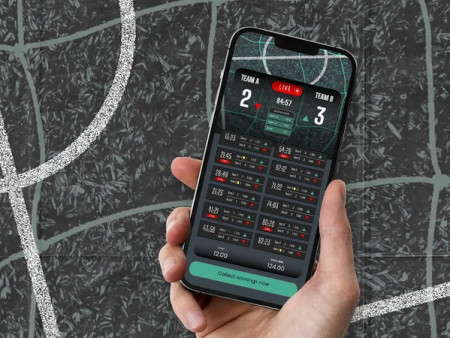The fast pace and ease of depositing more funds lead some players to make bankroll management mistakes. Applying sound strategies protects your bankroll, so you keep playing profitably over the long run. Having a set bankroll target dictates what stakes you should be playing. Conservative players recommend staying at the higher end of that range. Setting a bankroll target also prevents you from moving up stakes too fast. It’s important to separate your poker bankroll from your everyday funds. Keep the funds for playing poker only in your poker account. Having poker funds segregated also makes it easier to track wins and losses for tax purposes.
Pick your game carefully
Bankroll management starts with selecting the right game. Each poker variant has different volatility and requires a different bankroll size. For example, fixed limit hold’em requires a smaller bankroll than no limit hold’em. Be sure to understand the swings you can expect in the game you want to play. Studying up on a game helps estimate the bankroll you need to weather downswings. Bet sizing is critical for managing your funds in a session. Wager too little and it’s hard to get paid off when you have a hand. Bet too much and you risk going broke. Pay attention to bet sizing norms for the level of play. It also helps to have bet-sizing charts or calculators handy, so you don’t make large miscalculations. It protects you from spewing off your stack when on tilt.
Avoid playing tilted
Tilt causes more bankroll damage than anything else in poker. After taking a bad beat or enduring a downswing, some players go on monkey tilt and start playing recklessly. They may play more hands, chase draws, or bet too aggressively. This vengeance mentality often ends in more lost money. If you feel yourself getting frustrated or playing on autopilot, get up from the tables immediately. Taking time to review your sessions exposes any leaks in your game that may be draining your bankroll. Were you playing too many hands? Chasing too many draws? Bluffing with nothing too often? Identify any repetitive mistakes and make adjustments. It helps you refine your strategy and 플레이포커 머니상 a more optimal game to preserve your bankroll.
Have a backup plan
Even with perfect bankroll management, variance happens in poker. You may do everything right and still take bad beats that decimate your bankroll. That’s why it pays to have an emergency backup plan in case you go broke. Some options include having a stop-loss in place, keeping a reserve poker fund, or temporarily moving down limits. The key is already knowing what you will do in a worst-case scenario.
It is tempting to withdraw winnings immediately, but this leaves you prone in future sessions. Aim to withdraw only what exceeds your original bankroll goal. So, if you start a session with a $500 bankroll, withdraw only amounts over $500 at the end. Another method is the stop-box system, where you transfer wins to another account and don’t touch that money. It prevents you from withdrawing winnings you may need later to replenish your bankroll after a losing stretch. If you treat your bankroll with respect and have a backup plan, you survive the swings of this exciting game.










